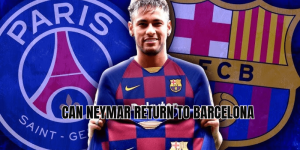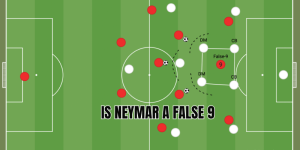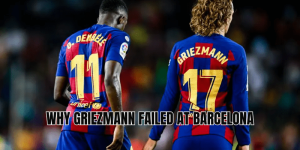From the moment Luka Modrić arrived at Real Madrid in 2012, fans wondered: why did Modric wear 19? That choice wasn’t arbitrary — it tied into traditions, availability, personal branding, and evolution over time. Today, KorKick takes you on a deep dive into Modrić’s shirt-number journey, exploring how he moved.
The Context: Shirt Numbers at Real Madrid in 2012
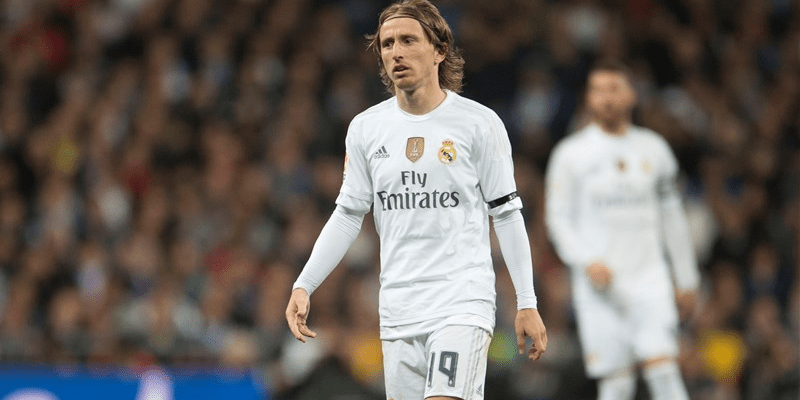
When Modrić joined Real Madrid in the summer of 2012, the club’s roster already featured several high-profile midfielders. Among them, some shirt numbers were taken by existing stars. In particular, the coveted No. 10 shirt — associated with playmakers, legends, and offensive responsibility — was occupied by Mesut Özil at that time. As a new arrival, Modrić could not simply pick a magisterial number; he had to adapt to what was open.
Thus, modulating around squad dynamics, he accepted number 19, which was available and sensible. The No. 19 wasn’t flashy, but it offered identity and room to grow. In his first seasons in Spain, Modrić wore 19, growing into the role of a central lynchpin of Madrid’s midfield.
The Period Wearing Number 19, Modrić donned the number 19 jersey at Real Madrid. Throughout those seasons, he gradually proved his value — vision, control, passing range, tactical intelligence — in a club with world-class midfield competition.
He didn’t need a “big number” to make noise. His performances spoke. As he accumulated Champions League trophies, La Liga titles, and individual recognition, the number 19 grew with him. It became familiar to the fans, worn in big matches in Europe, UCL nights, El Clásicos, and so on.
But underlying all this was the hope (perhaps unspoken) that eventually he might transition into a more symbolic number — if and when it became available.
The Shift: Why and When He Changed
Opportunity arrived
The turning point came in 2017. Mesut Özil left Real Madrid to join Arsenal, vacating the No. 10 shirt. Immediately, that opened the possibility for a new holder of the classic number. Modrić, by then already a veteran and key servant in the Madrid midfield, was a natural candidate.
Seizing that moment, he switched from 19 to 10 starting in the 2017–18 season. The transition wasn’t just numerical — it was symbolic. He was now among the elite in terms of club stature and trust. The change also aligned with his evolution.
Significance and legacy
Wearing number 10 carries weight. It’s the shirt of playmakers, legends, central figures. By moving into that number, Modrić aligned his identity with the tradition of creative leaders — at Madrid and beyond., his image and brand began to mesh more with classic “10” expectations: pulling strings, dictating tempo, and occasionally scoring or assisting in decisive moments.
Thus, the shift from why did Modric wear 19 to “why did Modric wear 10” is a tale of growth, patience, and seizing opportunity.
The Rarity of Number 19 in His Portfolio
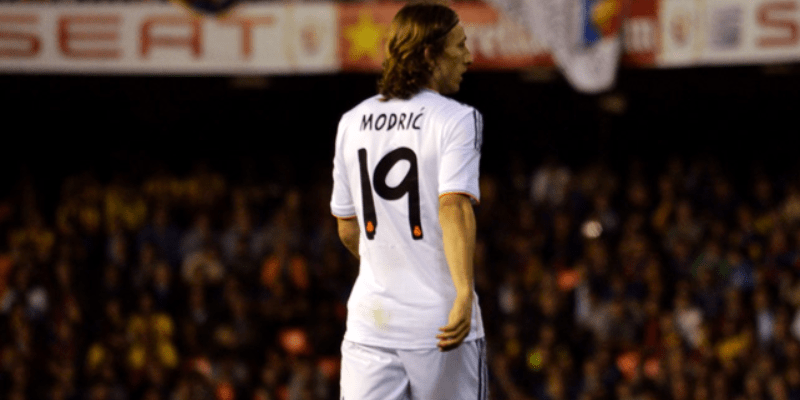
It is important to note that while number 19 may seem like a minor footnote compared to his long years wearing 10, it played an essential role. Without that transitional number 19 phase:
- He might never have earned credibility before taking over 10.
- The fans would lack the narrative of progression.
- The change would have lacked legitimacy.
So number 19 wasn’t a fallback — it was his proving ground.
Modrić’s Number History at Clubs
Beyond Madrid, Modrić’s jersey numbers follow logic, legacy, and tribute. Here’s a quick summary of his number journey at different clubs:
| Club / Period | Shirt Number | Notes / Context |
| Dinamo Zagreb (early) | 10 | As a youth/emerging talent, wore 10 as a promising midfielder |
| Tottenham Hotspur | 14 | Chose 14 (a more unconventional option) |
| Real Madrid (2012–2017) | 19 | Because 10 was taken at arrival; number 19 was available |
| Real Madrid (2017–2025) | 10 | Shifted when 10 became free, embracing “playmaker” role |
| AC Milan (2025 onward) | 14 | In honor of Johan Cruyff, and because 10 wasn’t available |
His choice of 14 at Milan also echoes his Tottenham years, where he wore 14 — perhaps a nod to personal preference when the iconic 10 isn’t feasible.
Why the Question Still Matters

Even though Modrić has long been associated with the number 10, fans still search “why did Modric wear 19.” Why? Because:
- It’s part of his origin story at Madrid.
- People see old photos or kits.
- It highlights how elite players often start with modest choices before earning greater ones.
In many ways, number 19 was a stepping stone. It shows that even legends sometimes begin without glamour but build themselves through performance.
Final Thoughts
Why did Modric wear 19? Because when he arrived at Real Madrid, the number 10 wasn’t open — and 19 was the practical, respected option. He took that role, shined, and later upgraded to 10 when the moment allowed. His shirt number journey reflects his career arc: humility, growth, patience, and eventual ascendancy.
Below, KorKick invites you to explore more about jersey legacies: the stories behind iconic numbers, comparisons of “10s” across eras, or even which numbers emerging stars will adopt. Dive deeper — because numbers tell stories as much as goals do.

